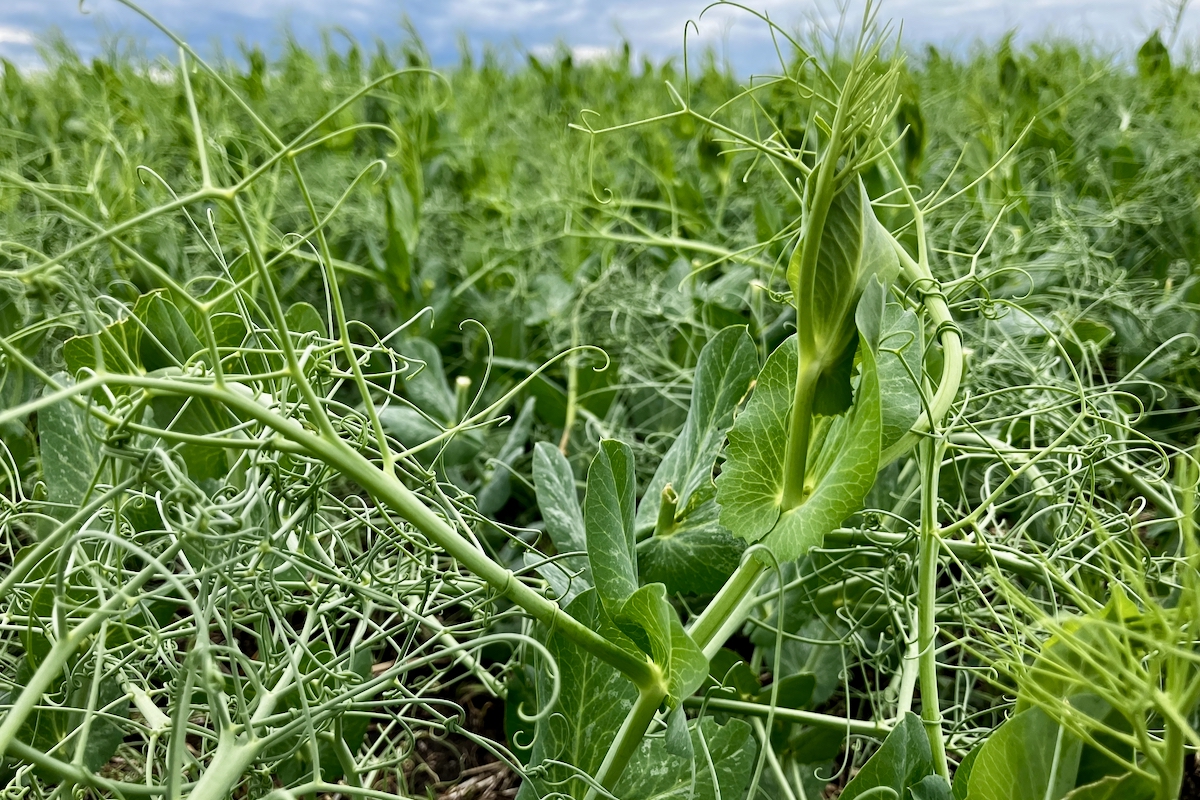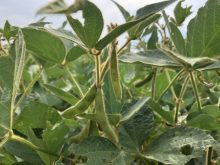A $1.27 million ecological goods and services (EG&S) pilot project to reduce blue-green algae in Missisquoi Bay will fund about 60 farmers in the area to cut down on phosphorus entering the watershed.
Missisquoi Bay, south of Montreal on Quebec’s border with Vermont, has become a “laboratory” in recent years for studying phosphorus mobility in agricultural areas, the federal government said in a release today announcing its contribution of over $900,000 to the pilot project.
“The results of research carried out in the area proovide valuable insights that can guide the choice of action to be taken to reduce the amount of phosphorus entering streams,” the federal agriculture department said.
Read Also

India slaps 30 per cent import duty on yellow peas
India has imposed a 30 per cent duty on yellow pea imports with a bill of lading date on or after Nov. 1, 2025.
EG&S projects provide financial and technical support to farmers for ecological activities, following the lead of early pilot projects like Alternate Land Use Services (ALUS) at Blanshard, Man.
In the first phase of the Missisquoi Bay project, about 60 farmers will take runoff control measures to cut the amount of phosphorus going into the watershed. Farmland along shorelines will be planted to perennial crops and changes in runoff and/or water quality in the Riviere-aux-Brochets watershed will be monitored, the government said.
Phase 2 “will involve the participation of several targeted farm businesses in identifying land conservation measures.”
Other partners providing fuunds and in-kind support include the provincial agriculture department, the Insttitut de recherche et de developpement en agroenvironnement (IRDA), McGill University and the participating farmers.
The project will be operated by the Cooperative de solidarite du bassin versant de la Riviere-aux-Brochets.














